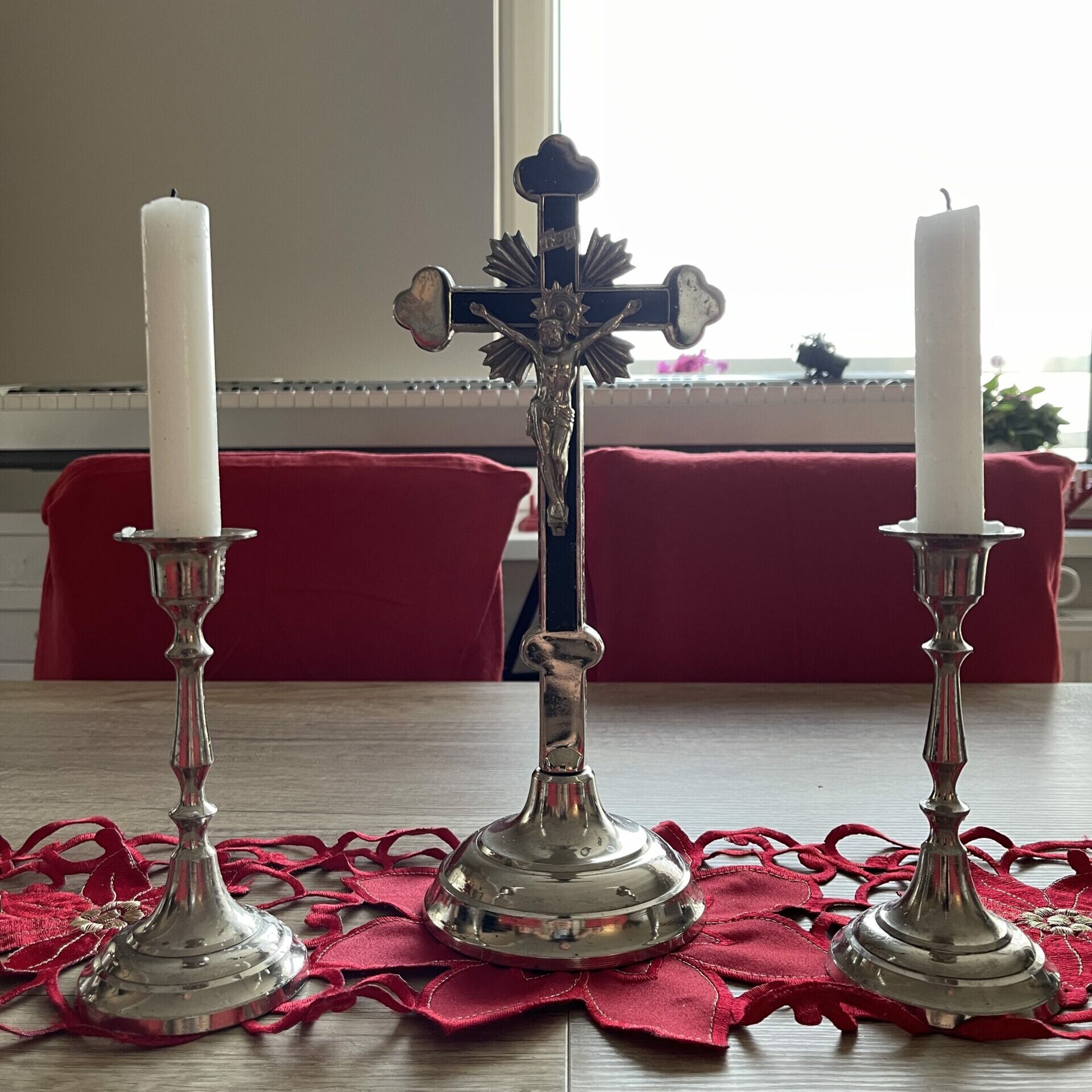In various corners of the world, the tradition of priests’ visits encircles the holiday season, though the specifics vary based on parishes and regions. However, one unifying factor remains—the period around Christmas becomes the time for priests to visit their parishioners, carrying forth an ancient custom: ‘kolęda’ in Polish.
Originating in the annals of the Middle Ages, the ‘kolęda’ stands as a time-honoured practice where priests journey to their parishioners’ homes during the Christmas season. Dating back to the 13th century, these visits evolved to encompass rich Christian significance, enveloped within a specific liturgical ceremony.
Draped in a surplice and stole, the visiting priest carries a cross or a reliquary, often accompanied by a churchwarden or young altar boys. To ensure the visits don’t disrupt regular services, these encounters are usually scheduled in the afternoons. The arrival of the priest is heralded by the gentle chime of a bell, played by the altar boys while welcoming carols echo at the entrance.
The 1983 Code of Canon Law underscores the responsibility of parish priests in orchestrating these visits, urging them and their vicars to intimately understand their parishioners, especially those grappling with sickness, poverty, or loneliness.

The Polish rendition of this tradition harmonizes with liturgical norms while incorporating local customs. Within these visits, a collective prayer echoes through the household, followed by the sanctification of rooms through the sprinkling of holy water and culminating with a heartfelt blessing.
In preparation for the priest’s arrival, households adorn a table draped in a cloth, adorned with a cross, two candles in ornate holders, a vessel carrying holy water, and an aspergillum. Symbolizing acceptance of Epiphany, the doorway is inscribed with chalk, bearing the initials C+M+B (representing Caspar, Melchior, and Balthazar) alongside the year.
